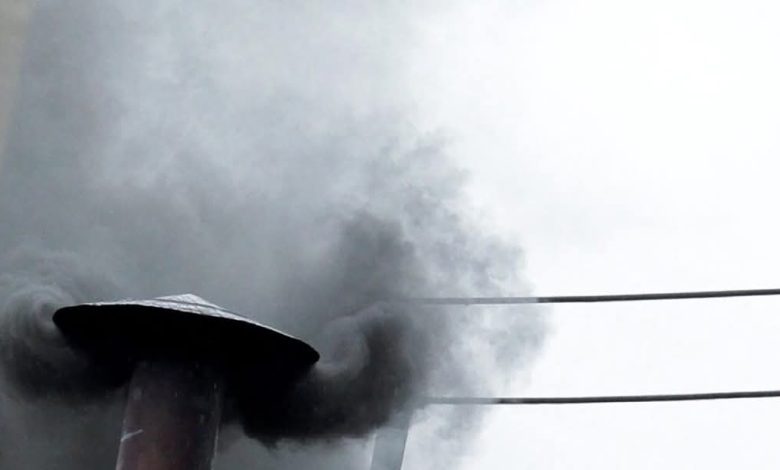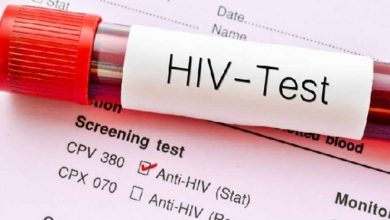The Conclave: Black smoke rises again as ballot remains inconclusive

A plume of black smoke emerged from the chimney atop the Sistine Chapel at 11:50 a.m. on Thursday, May 25, signalling that the second vote of the day and third overall has failed to elect a new pope.
The result confirms that the cardinals remain divided as the conclave continues its sacred deliberations behind closed doors.
As the 120 cardinal-electors broke for lunch, thousands of pilgrims and tourists remained in St. Peter’s Square, eyes fixed on the chimney in anticipation of a white plume, the symbol of a successful papal election. Voting is expected to resume at around 4:00 p.m. local time.
The use of coloured smoke black for no decision, and white for a successful election is a centuries-old method the Vatican employs to announce the outcome of each round of voting during a conclave.
The tradition is not just ceremonial; it’s a deeply symbolic and practical way to communicate the conclave’s progress to the outside world without violating the strict secrecy imposed on the cardinals.
The practice dates back to at least the 16th century and became standardised in the 20th century. The smoke is produced by burning the ballots used in each vote.
To create the colour, Black smoke (fumata nera) is produced by adding chemicals like potassium nitrate to signal an inconclusive vote.
White smoke (fumata bianca) results from burning the ballots with substances like damp straw or specific chemicals that create the light-colored plume, indicating a new pope has been elected.










